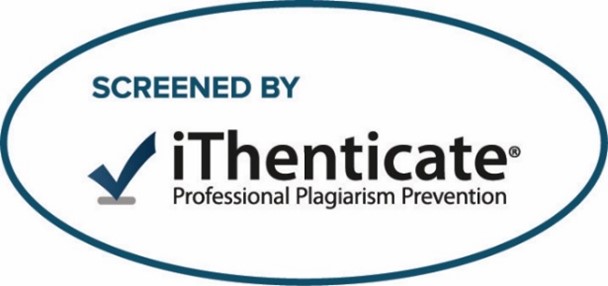Abstract
Background Age-related macular degeneration (AMD) is the primary cause of visual deterioration in people over 50 in developed countries. Our study compares optical coherence tomography angiography (OCTA) with spectral domain optical coherence tomography (SD-OCT) to assist patients with exudative age-related macular degeneration (eAMD) in making treatment decisions. Patients and Methods The prospective case series consisted of 50 eyes from 35 patients having exudative neovascular age-related macular degeneration who were found to have choroidal neovascularization (CNV).While the SD-OCT data were utilized to determine the need for treatment, the OCTA data were utilized to establish the CNV criterion. To evaluate any possible relationship between the CNV component of OCTA and the treatment selection, the outcomes of SD-OCT and OCTA were then contrasted. Results 36 eyes (72%) had a CNV lesion that needed to be treated in SD-OCT. 37 eyes, or 74%, had a lesion with a specific pattern or criterion on OCTA. The patients that needed treatment in SD-OCT were 97.2% correlated with the CNV pattern on OCTA (P
Article Type
Original Study
Subject Area
Ophthalmology
IRB Number
IOP00069
Creative Commons License

This work is licensed under a Creative Commons Attribution-NonCommercial-Share Alike 4.0 International License.
Recommended Citation
Badr, Tarek Ibrahim
(2024)
"Optical coherence tomography angiography versus Spectral-domain OCT in assessing the activity of exudative age-related macular degeneration.,"
Journal of Medicine in Scientific Research: Vol. 8:
Iss.
2, Article 5.
DOI: https://doi.org/10.59299/2537-0928.1431

















